Try These Modifications for 3 Foundational Yoga Poses (Photo Tutorial)

These three foundational yoga poses span across many genres of movement and exercise: from yoga, physiotherapy, and Pilates to all bootcamp-style workouts and beyond.
This article is an offering to plant a few more seeds of thought and exploration in these foundational yoga poses so that you can best tailor them to your body’s architecture and your intention in the exercises to follow to build an empowered practice.
So, read on for three foundational yoga poses and their many yoga modifications to help you find the best shapes for your own unique body.
Learn These (And 30+ Other) Foundational Yoga Poses
Learning Yoga is a comprehensive workshop-style program on YA Classes that breaks down over 30 of the most common, foundational yoga poses. Learn safe alignment, common variations and accessible modifications. Not yet a YA Class member? Try it out for free for 14 days.
Here are Modifications for 3 Foundational Yoga Poses:
These three poses are often not explained in detail or tailored to the individual in group class settings. However, these foundational yoga poses are complex in some ways, and unfortunately, are often overlooked (or at least it is assumed that students already know the yoga modifications).
Foundational Yoga Pose #1: Dandasana (Staff Pose)
The foundational yoga pose here is Staff Pose, but these modifications really apply to any seated position. The hips are often what talk to us the most when trying to maintain any sort of seated posture. This sensation can stem from a tight back or tight legs or, more often than not, both!
We are always aiming for a comfortable 90-degree angle between the hips and torso when sitting: where the pelvis can sit in neutral, with the sitting bones and the pubic bone grounding into the mat creating a stable triangle for our spine to root into.
The spine should be able to move freely without the feeling of your tailbone being pulled underneath you in a tucked position. This tucking of the pelvis often leads to mid-back pain.
If this is you, try one or all of these modifications:

1. Sit on Something
Elevate your pelvis onto a block or cushion to relax your hips farther toward the ground.
2. Bend Your Knees
Bend your knees to soften the backs of your legs so that your pelvis can move more freely.
3. Find Support
Move against a wall and support your spine by leaning gently into the wall. Pressing your back into the wall can help create the sense of your spine “growing.”
Looking for more yoga tutorials and yoga tips? Check out our full library of Yoga articles here
Foundational Yoga Pose #2: Makarasana (Crocodile Pose)
I once cued lying on your belly as, “Lie on your face.” After a laugh, we focused on making this pose feel a lot less like that.
While the fundamental posture is Crocodile, the rules and modifications here apply to any prone position (meaning when you lay on your stomach). This position is often the start of a series of deep spine strengthening work, and we want to make sure that this position truly neutralizes the spine between exercises.
Here are some ways to modify:
1. Prop Your Head
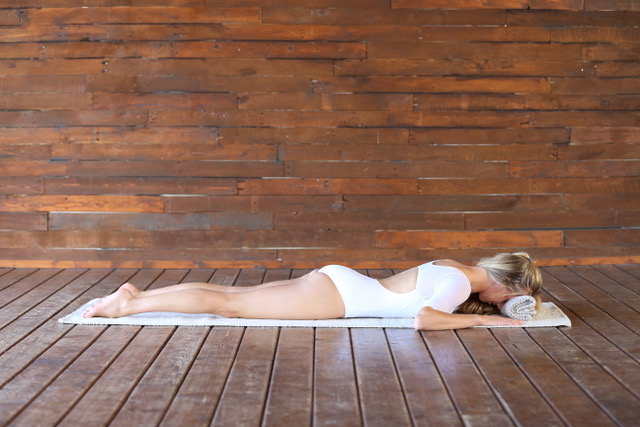
Prop your head with a small towel. This can neutralize the neck and create space for the nose when your head is in a straight position.
When our necks are neutral we are also able to engage the muscles between our shoulders and pull them down the back to root the neck into the back body.
2. Prop Your Pelvis
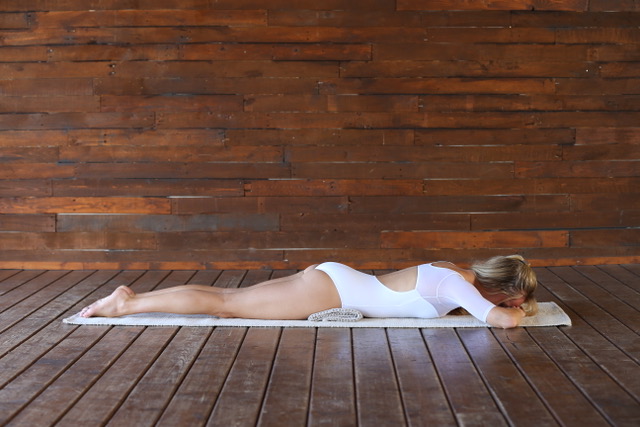
This can relieve pressure on your hips and perhaps your lower back, so you want to establish length first.
If you are choosing this option, work within a smaller range when you practice your front-lying backbends and focus more on lengthening your toes and the crown of your head away from each other along the surface of the mat (as opposed to angling up toward the ceiling).
3. Play With Small Shifts in Your Body and Energy
Other small adjustments here include:
- Widen your legs to soften your lower back
- Rotate your feet either in or out depending on your natural bone shape and, thus, whichever feels better for you
- Channel Savasana’s relaxing energy while lying on your stomach
Foundational Yoga Pose #3: Savasana (Corpse Pose)
Savasana is often glossed over, even in teacher trainings. However, we can gain massive benefits from propping ourselves correctly to create subtle openings to release every joint in the body, in our sometimes five to 10-minute final resting pose!
1. Prop Your Neck
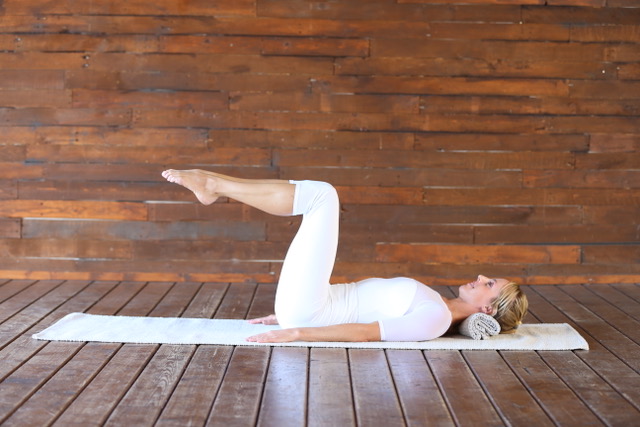
Savasana is the ultimate in spinal decompression so make sure to create a neutral neck for yourself with a pillow by “filling” the space behind your neck for extra support.
2. Prop Your Lower Back
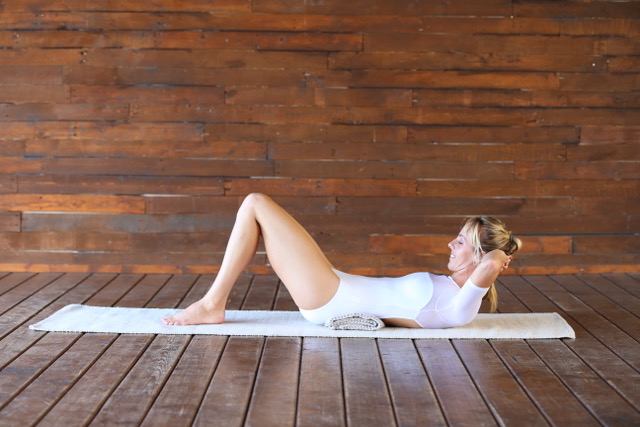
Sometimes even lying down is too much arch for our lower backs. Try propping your lower back with a small towel so your lower spine can fully relax.
If this is not enough, bend your knees, place your feet wide on your mat, and let your knees gently fall together.
3. Prop Your Pelvis

You may even prop the back of your pelvis to slightly raise your pelvis, encouraging a subtle stretch for the front of your hips.
Utilize These Yoga Modifications in Your Foundational Yoga Poses
This is not an exhaustive list of all the yoga modifications available to you in foundational yoga poses, but it is a good starting point!
Here are some final tips on yoga modifications:
- A modification is not necessarily an “easier” option. When in a different alignment of the spine, you may find this position recruits your abdominals in a different way, and you may find new connections. This is a good thing, and you will strengthen in a healthier alignment!
- Be present in the moment. Some days you may need a modification that other days you may not. Keep checking in with these aspects and monitor your progress
- Modifying the foundational yoga poses creates a more supported body from which the rest of your poses can build. This often shortens our journey to strength. Modifications create ease and confidence
We hope you enjoy exploring these modifications in your next yoga class and feel empowered to do so!
Looking for more yoga modifications? Here’s How to Modify 4 Common Yoga Poses for Shoulder Injuries


This Month's Letter
From the Editor
Monthly motivation and food for
thought from our founder.

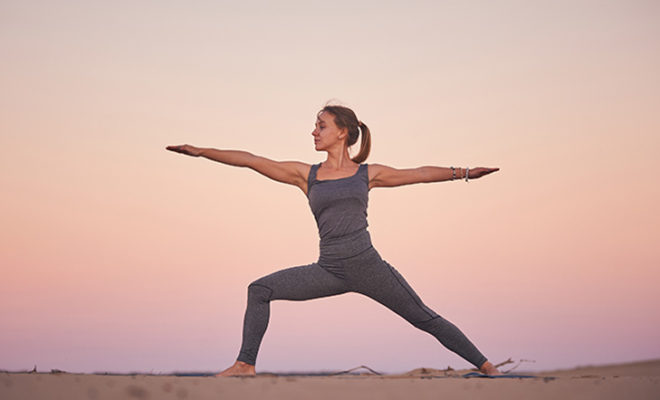

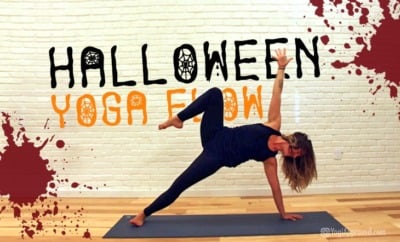
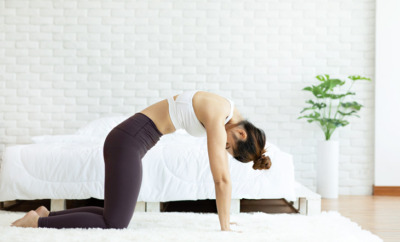
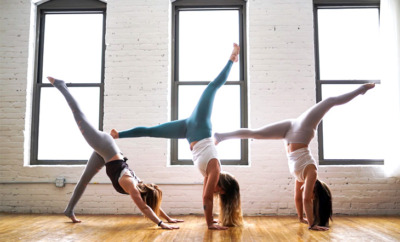
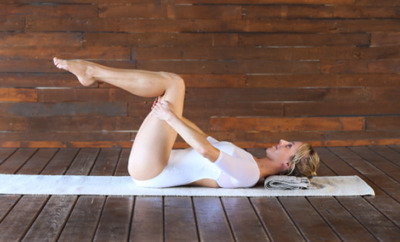
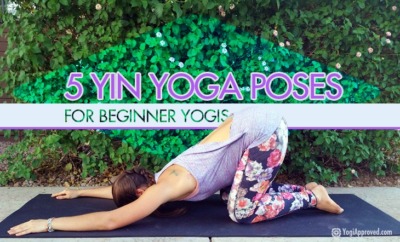
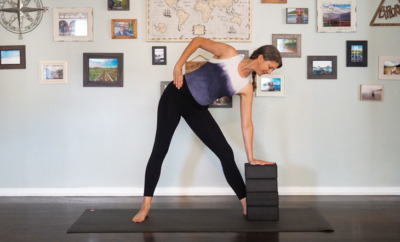





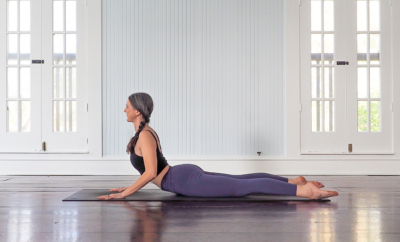



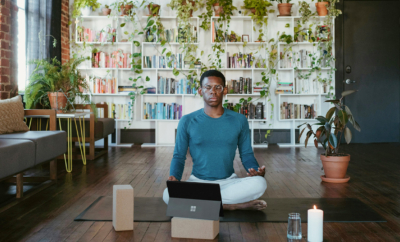
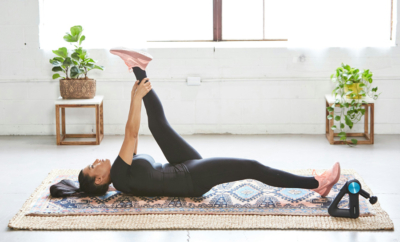






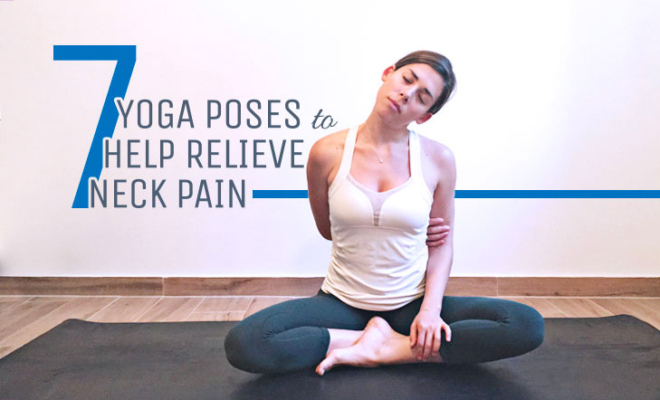




Comments